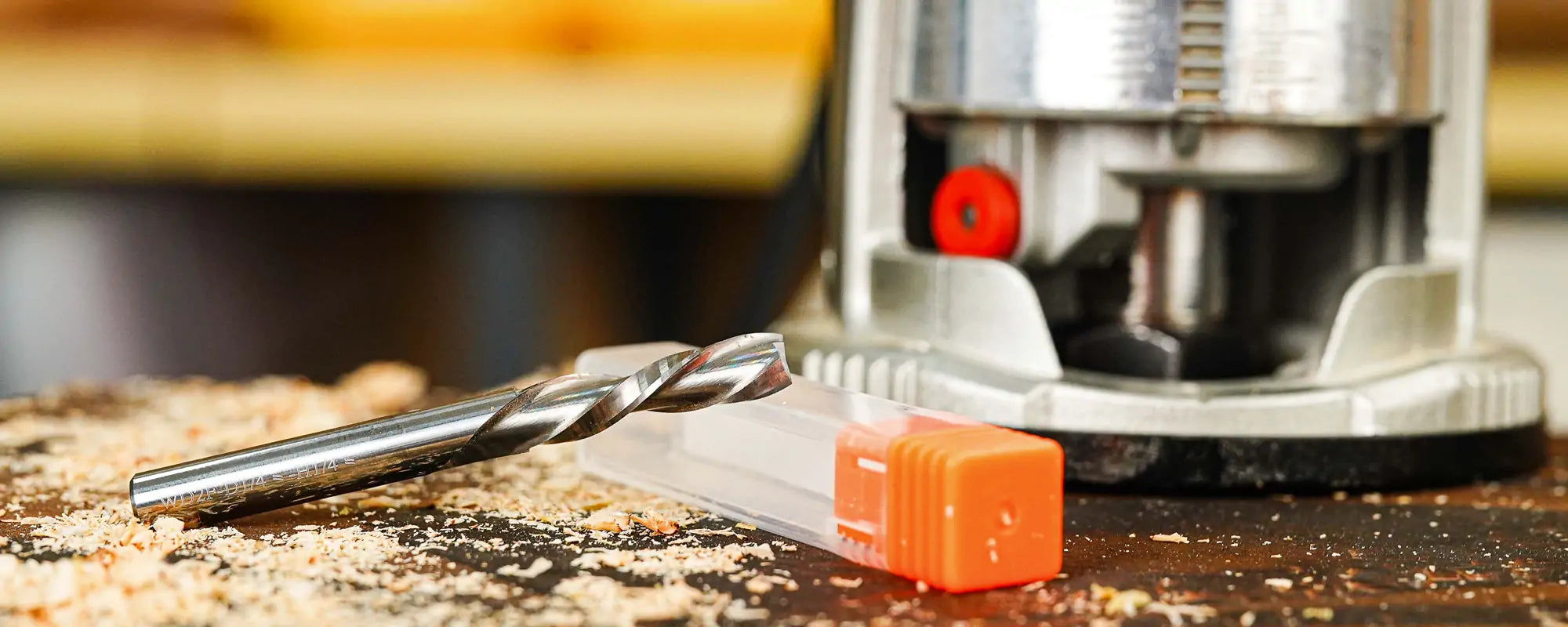🔍 Both are used to break or shape edges, but they do it differently. A **chamfer bit** cuts a straight beveled edge at a given angle (commonly 45°). It creates a flat, angled cut. A **round-over bit** (rounding bit) cuts a convex, rounded edge. Essentially, chamfer = beveled flat, round-over = curved. You’d use a chamfer bit when you want an edge that looks geometric or to ease edges at a consistent angle – for example, a 45° chamfer on table legs or a miter-look edge. You’d use a round-over when you want a smooth, bullnose-type softened edge that’s gentle to touch and visually softer. SpeTool offers both types in various sizes (radius for round-overs and angle for chamfers). Many woodworkers use chamfer bits for joinery accents and round-overs for safety (so edges aren’t sharp). It really comes down to style: chamfers give a more angular, modern look; round-overs a more classic, smooth finish.
Related product: → View product page



